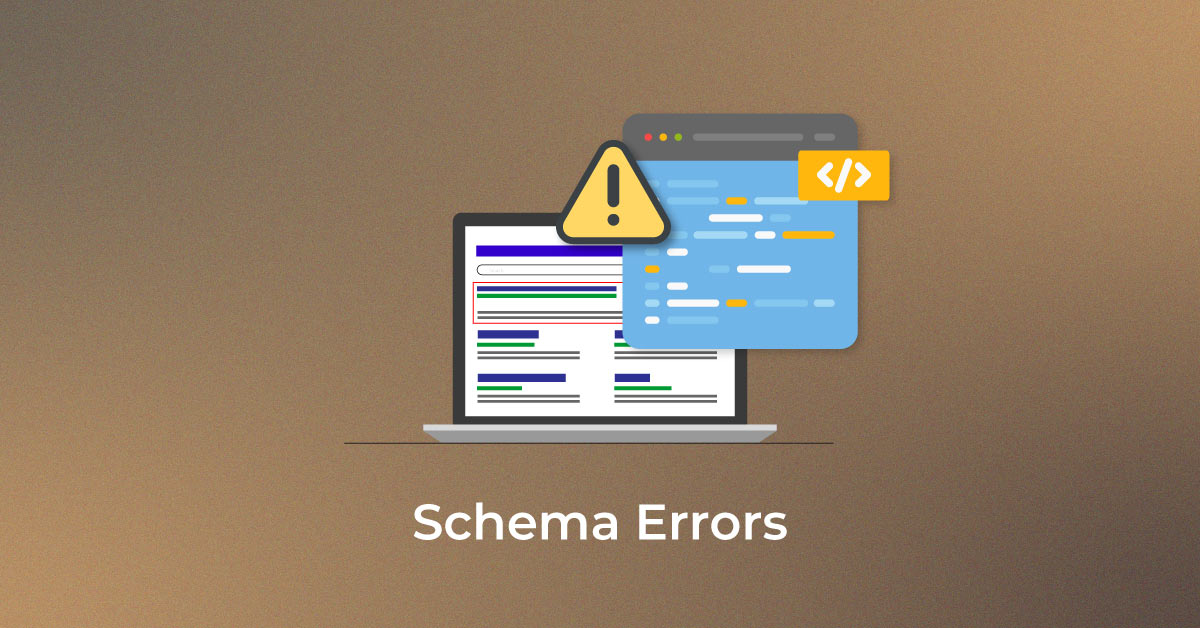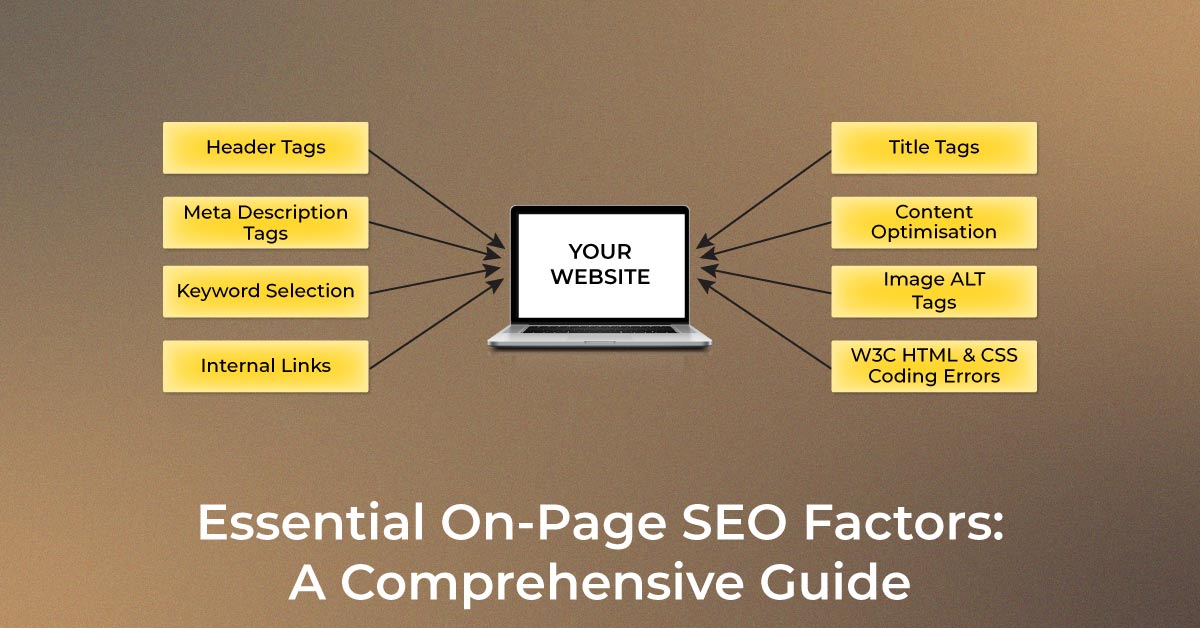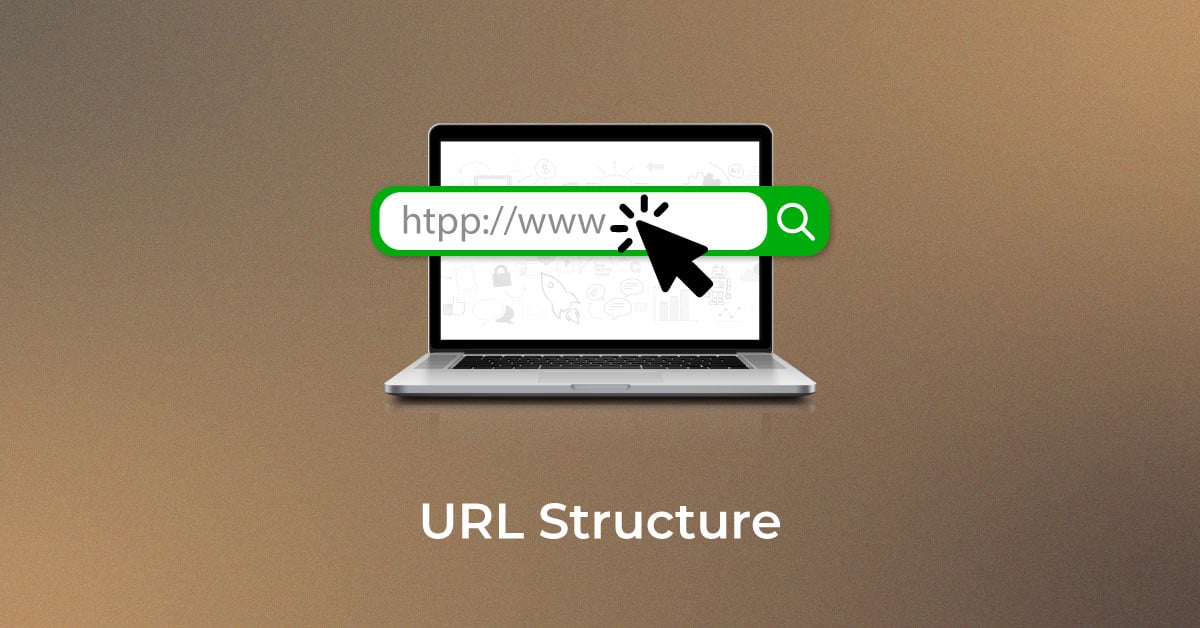|
Getting your Trinity Audio player ready...
|
A schema in SEO offers the benefits of better rankings in search results, which drives more traffic to the website. There are different ways to track and measure the impact of schema markup in SEO.
- Analysis of traffic: Google Analytics and other website analytics tools allow you to track the impact of schema on your website’s traffic. Examine the improvement in organic search traffic and the changes in time on page or bounce rate. These metrics indicate how much users are engaging with your website’s content.
- Use Google Search Console: Google Search Console helps you monitor your website’s performance on search engines, identifying any rise or decline in rankings or traffic. You can track and measure the impact of schema in SEO by tracing changes in your website’s clicks, impressions, and average position in search results using Google Search Console.
- Track Rich Snippets: Rich snippets comprise additional information about your website, such as reviews, ratings, and event details. A schema markup increases the possibility of your web pages appearing as featured snippets in search results. Use Google’s Rich Results Test or other tools to track the appearance of rich snippets for your web pages.
Establishing the proper measurement processes and metrics
Setting proper measurement processes and metrics for the schema in SEO is crucial. Determining the effectiveness of your schema implementation will help you make data-driven decisions to optimize it for better results.
The following steps are vital to measuring schema performance:
- Schema analysis: Examine the schema implemented on different high-performing assets and identify areas where it can be improved or expanded.
- Identifying the right measurement KPIs: Monitor relevant metrics impacted by schema markup in SEO to determine whether or not the deployment of schema has a positive impact on your website’s SEO.
Examining implemented schema
Analyzing implemented schema in SEO focuses on reviewing how schema markup has influenced your website’s search engine performance. The process helps you identify areas where improvement or expansion is possible to better achieve your SEO goals. The analysis is crucial for spotting high-performing assets on large websites, such as URLs, images, videos, pages, menus, FAQs, etc.
URLs are dynamic, making it critical to check schema opportunities constantly. Please note that schema can be implemented only if your pages are accessible. The key metrics to examine include clicks, click-through rate (CTR), impressions, bounce rate, and conversion rate.
Regular completion checks
It is essential to perform regular completion checks to ensure your website is accurately and consistently engaging with search engines.
When a large site’s content gets updated, the schema deployed must also be updated. Any minor error or omission can lead to inaccurate categorization or missed opportunities to appear in relevant search results. All broken URLs, redirects, and pages missing a schema markup should be reviewed regularly to fix any schema markup issues and ensure content discovery.
To summarize, regular completion checks are effective in ensuring that your website is effectively communicating with search engines and driving more traffic and conversions.
Detecting distortions and inaccuracies in the schema
Analyzing your schema markup in SEO helps in the early identification of schema drifts and inaccuracies. Fix and resolve the errors immediately to stay protected from Google’s manual action.
Schema drifts refer to errors caused by website content changes, changes in Google’s featured snippet guidelines, schema vocabulary in schema.org, and other technical concerns. Alter the implemented schema if the schema drift is due to vocabulary or website content changes. However, act fast and make the changes before search engines index the pages.
You can analyze content changes and set alerts to change the schema to achieve better results.
Selecting the best KPIs to measure the impact of Schema implementation
Measuring the impact of structured data in SEO is beneficial only if you focus on the best KPIs. These metrics must suggest where you can improve or expand to achieve better rankings. The following strategic KPIs help in measuring the impact of schema implementation.
Impressions
Impressions express the number of times your website appears in search results, which indicates how often search engine users see your website. Schema implementation has a positive impact on rich results, making the content more discoverable.
When search engines can discover high-value content easily, impressions are likely to increase for all zero-click results and other results relevant to the user query.
Tracking impressions helps in ensuring that your schema implementation is effective and delivers results with more traffic driven to your website. Moreover, tracking changes in impressions lets you identify areas where you can improve your schema implementation.
Clicks
Clicks measure the number of users your website attracts through search engine results. These users decide to take action and engage with your business after discovering your content.
Clicks are one of the best KPIs to measure the impact of schema in SEO. It is vital to assess if the schema is improving content discovery and driving traffic to your website over time. If your schema implementation has a positive impact on search engine results, impressions will spike more than clicks.
If clicks do not increase as much as impressions, don’t worry because the content is helpful and provides the right results for relevant queries.
Click-through rate (CTR)
Click-through rate (CTR) measures the percentage of people who clicked your page from search results. It provides insights to determine whether or not you have optimized your page title and meta description. If CTR is low and not increasing despite schema implementation, you need to resolve issues and optimize high-value assets accordingly.
CTR depends on your content strategy. It will be low for content written for awareness but high for content written for conversion. Track CTR as it is an important KPI highlighting the relationship between clicks earned by your content from search and the total number of impressions.
Average CPC
Most professionals don’t understand how cost-per-click, or CPC, is an essential KPI to measure the impact of schema in SEO since the metric is associated with paid campaigns. When schema is deployed effectively, it communicates with search engines and drives more organic search traffic to your site. Consequently, you can reduce paid search advertising budgets and bring down your average CPC.
It is essential to estimate how much you need to spend to increase keyword visibility. Tracking changes in your CPC over time helps you analyze how schema implementation is improving organic traffic on your website and reducing your reliance on paid search advertising for cost-effective SEO.
Potential cost savings
Another vital KPI to help you determine the effect of schema implementation on your website’s search engine advertising costs is potential cost savings. If your business is driving traffic organically to the website for specific keywords by deploying schema, you need not opt for paid campaigns for those keywords. Identify the keywords and calculate the CPC to arrive at potential cost savings. Additionally, track potential cost savings regularly to identify where you can optimize your schema implementation for further cost savings. This metric helps in gauging the value of implementing schema on your website.
SERPs coverage/rich results
SERP coverage is the KPI to determine the types of universal search results in which your website appears. After implementing a schema for different assets, evaluate its impact to track SERP coverage in universal results. Track different types of SERPs based on the type of schema you have implemented for images, videos, infographics, FAQs; People Also Ask, content, etc.
You can use the SERP coverage results to develop your content strategy. For instance, if you implement schema to People Also Ask and Featured Snippets, track performance to check if there is a visibility lift and edit content accordingly.
Performance of each schema type and combination
There are different types of schema markup in SEO, and all aren’t equal. You can use schema to help search engines understand the context of your page. You can also use schema to drive rich results and improve website performance significantly.
By tracking the performance of each schema type, you can determine which schema types are most beneficial for your content strategy. Focusing on the effective schema type in appropriate combinations can help in achieving your SEO goals faster.
You can identify which schemas are appearing on top and driving search visibility using Google Search Console.
Evaluating How the Implementation of Schema Will Affect Your Website
When you evaluate how schema implementation affects your website, you gather data and insights about your website’s search engine performance. This data enables you to identify areas for optimization to drive better search engine results. Moreover, it allows you to make data-driven decisions for various website elements.
Maintaining your schema markup and measuring its performance are interrelated. When you know the outcome of your schema in SEO, you are in a better position to implement a schema to different parts of your website. Additionally, knowing which schemas have a positive impact on your search visibility lets you finetune your overall schema strategy.
Popular Searches
How useful was this post?
5 / 5. 1

















